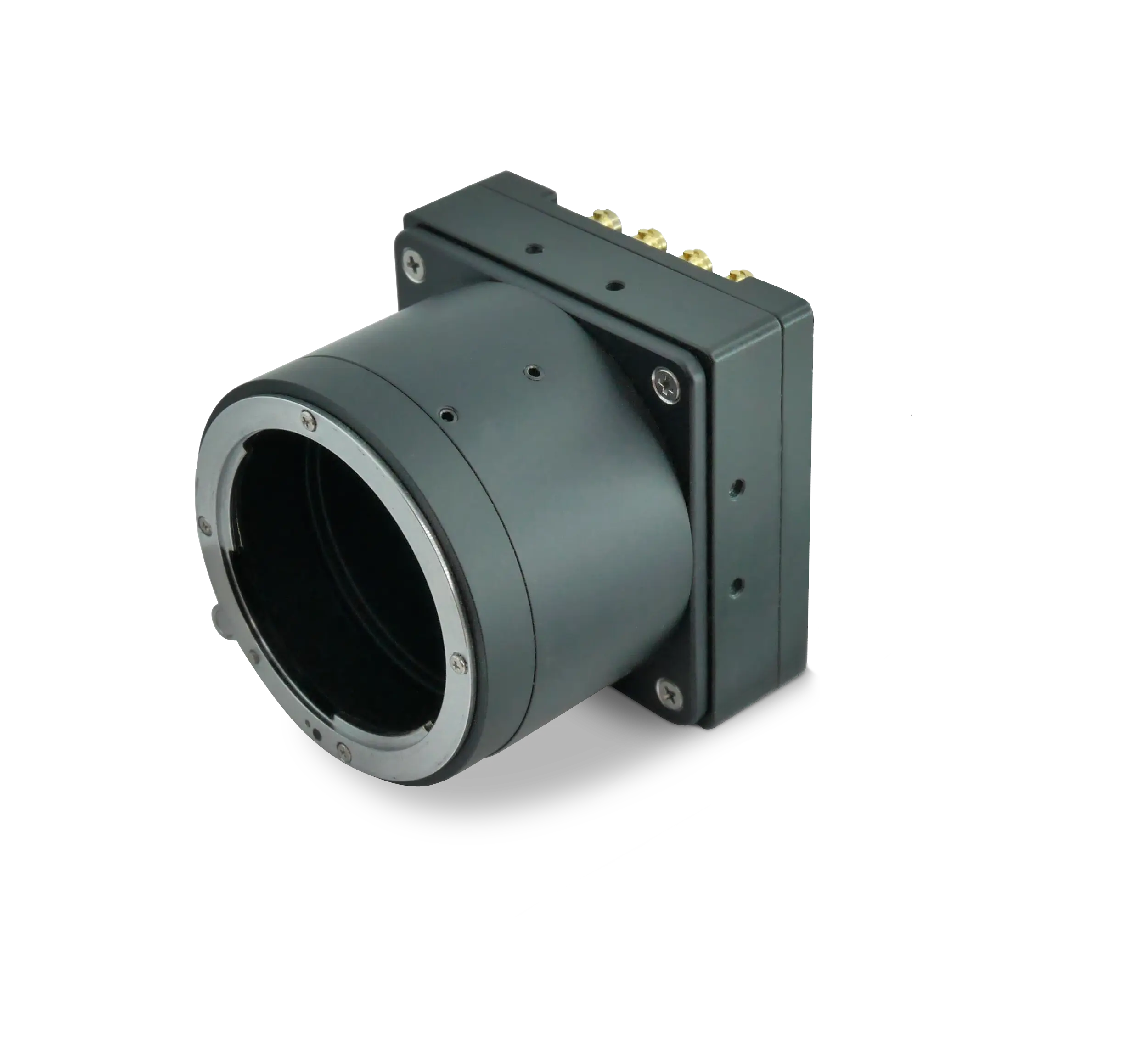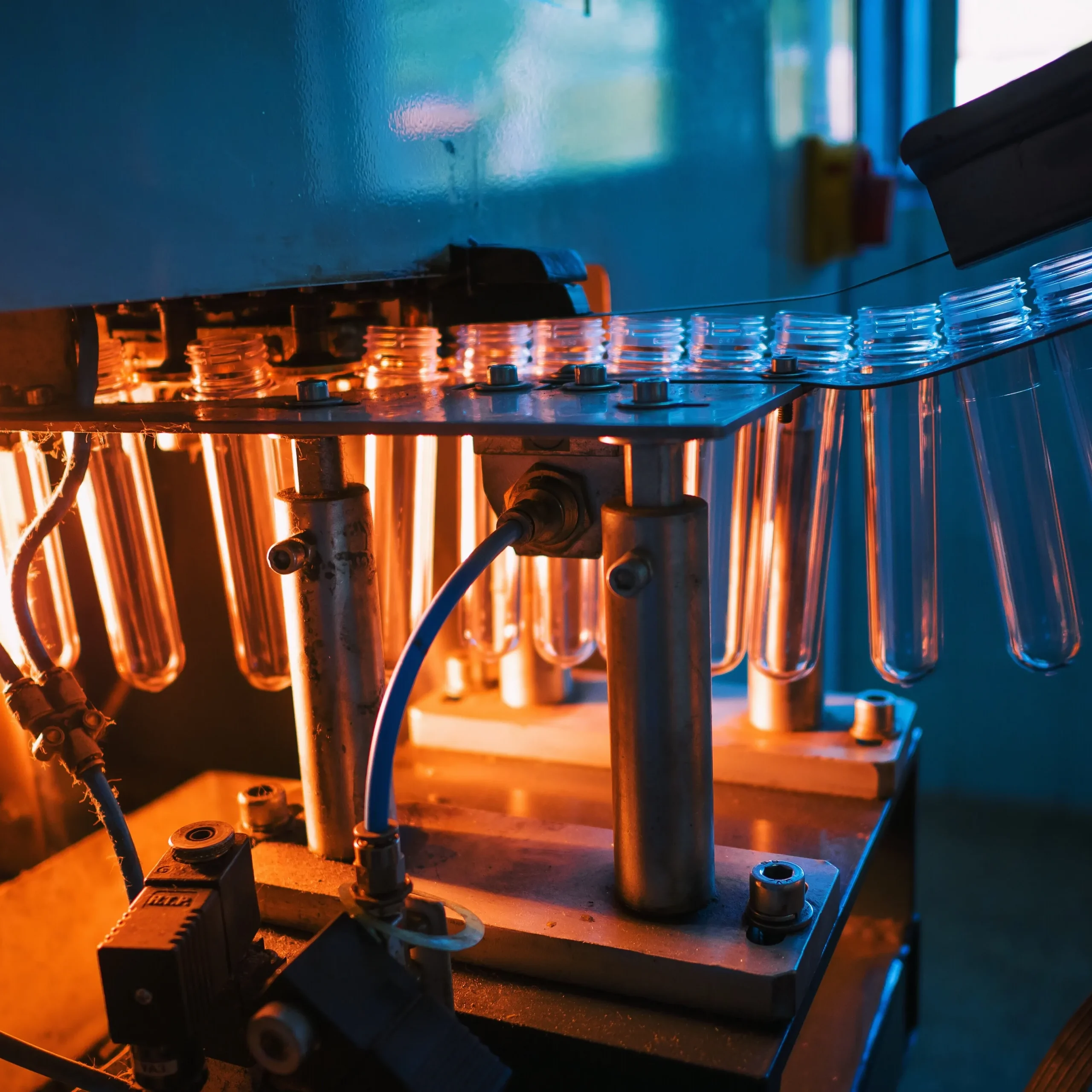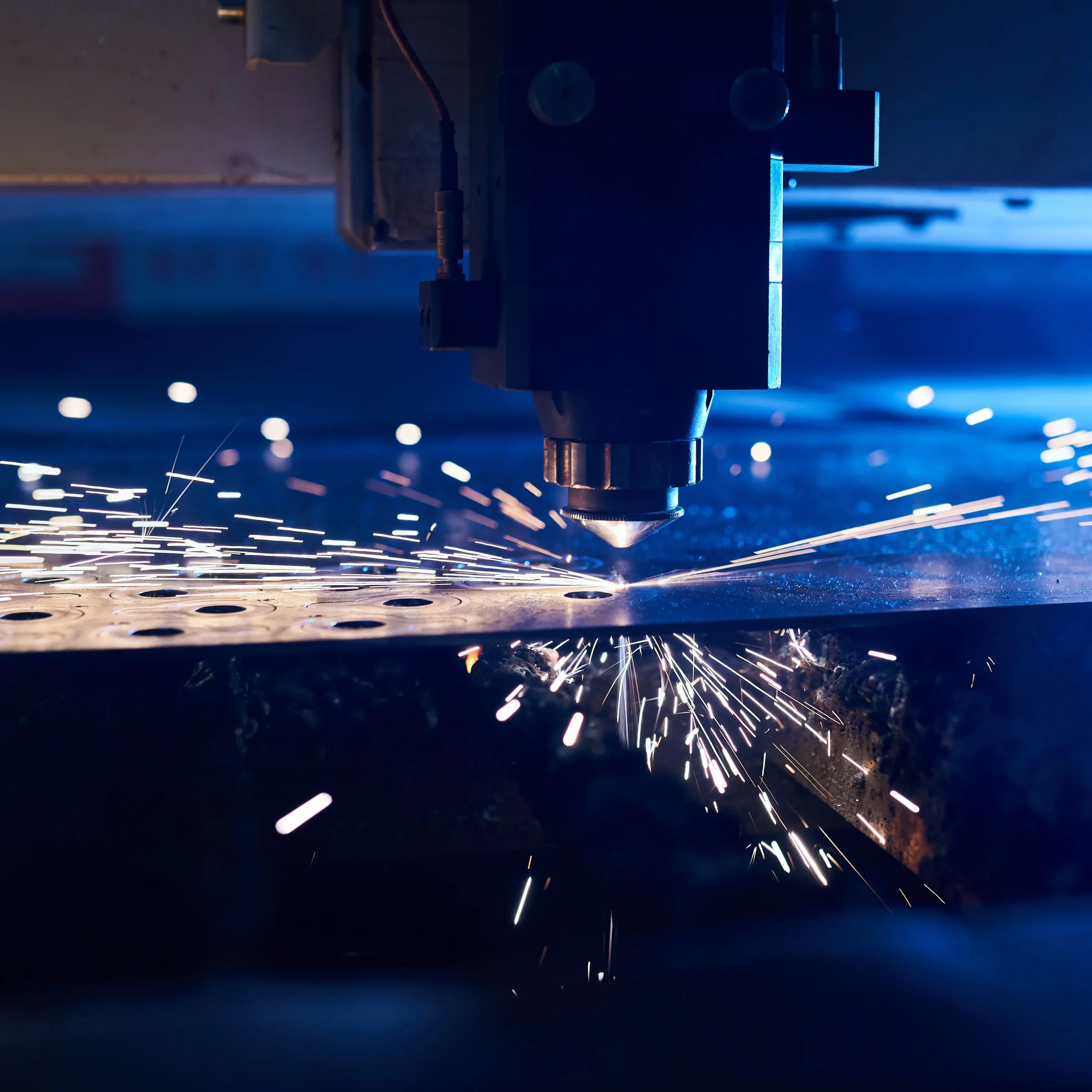KAYA Vision has partnered with Marine Observer® to integrate the Predator II CoaXPress 12G frame grabber as a cornerstone of their AI-driven infrared monitoring platform, designed to detect and track whales during maritime operations.
Marine wildlife protection in busy shipping lanes presents numerous operational challenges. Detecting whales is inherently difficult due to limited visibility, adverse weather conditions, and the fact that whales spend the majority of their time submerged underwater. Traditional visual observation methods are particularly constrained during nighttime operations or in foggy, rainy, or otherwise poor visibility conditions.
Marine Observer® addresses these challenges through automated detection capabilities. Its long-wave infrared (LWIR) sensing suite combines panoramic thermal imaging with proprietary AI analytics to automatically detect marine mammals, floating debris, and navigational hazards—even in heavy fog, rain, or complete darkness.
The system relies on a high-performance data pathway to support real-time AI processing. The KAYA Predator II frame grabber provides this critical capability through several technical advantages:
-
High-Speed Data Processing: Utilizing the CoaXPress 2.1 (CXP-12) interface, the Predator II supports data ingestion rates up to 12.5 Gbit/s. This allows it to handle the full data stream from LWIR thermal cameras without creating bottlenecks, ensuring reliable real-time processing.
-
Direct GPU Integration: Advanced Direct Memory Access (DMA) with physical addressing enables video data to stream directly to the system’s GPU memory, bypassing the CPU and main system memory. The sustained delivery bandwidth reaches 1,700 MB/s, significantly reducing latency for AI-driven analysis.
-
Maritime-Ready Design: The Predator II features a low-profile, half-length form factor suitable for compact marine computer systems. Passive cooling removes reliance on fan-based components that may fail in harsh maritime environments, while Power over CoaXPress (PoCXP) delivers 13W of 24V DC through the same Micro-BNC cable used for data transmission, simplifying the system architecture.
-
Precision Timing and Synchronization: With 64-bit frame timestamps at 8-nanosecond precision, the system ensures accurate event logging. GPIO capabilities, including differential inputs/outputs and opto-isolated lines, enable synchronization between multiple cameras and vessel systems such as GPS, alerts, and other onboard sensors.
The integration of LWIR thermal sensors with the KAYA Predator II data pipeline empowers Marine Observer® to deliver automated whale detection capabilities that enhance maritime safety and minimize interactions between commercial vessels and marine wildlife.
This application highlights the transformative role of high-performance machine vision components in environmental monitoring systems, advancing both operational efficiency and marine conservation objectives. To learn more about their latest maritime monitoring solutions, visit the link below.




